EXCLUSIVE extract from Shrink in the Clink by Tim Watson-Munro.
I have long loved the art, chemistry and aesthetic of the motorcycle. At the age of 17, I spent my hard-earned savings on a BSA.
At 250cc what it lacked in grunt was more than compensated by its sheer charisma. And to be sure, it was a chick magnet.
The following year I purchased a Triumph. A650, powerful, arrogant and with attitude. I loved the freedom and the exhilaration of early dawn rides with my mates through Sydney’s Royal National Park.
Sexual deviancy is also prevalent, involving gang rapes of non-members and other forms of humiliation
My early foray into the magical world of motorbikes came to an abrupt halt when two of my mates were killed in horrific high-speed accidents and another had a promising Harvard sports scholarship destroyed when a car T-boned him along a peaceful street in the southern suburb of Hurstville.
One visit to the local motorbike accident ward was enough for me.
My late adolescent experience of bikes has often been used with great effect on those occasions when I have been retained to assess and report on bikies.
And I have seen many. Hells Angels, Comancheros, Finks, Rebels, Bandidos.
A seemingly endless list.
I can empathise with their love of the open road. For me, however, it reaches a dead end when it comes to the more prurient aspects of the biker’s lifestyle.
And unlike days of old, their presence is ubiquitous and foreboding.
PRISON SHRINK ON OUR WORST PSYCHO KILLERS
The brutal assassination in February 2018 of Mick Hawi, one-time supremo president of the Comanchero motorcycle gang, serves as a stark reminder of the escalating public presence and reach of outlaw motorcycle gangs in Australia.
Hawi was referred to me following a lengthy Supreme Court trial in which the charge was murder, and he was convicted as charged. Internecine warfare between his club and the equally feared Hells Angels all came to an explosive head at the Qantas Terminal at Sydney Airport in March 2009. This was a very public murder, and there were many players.
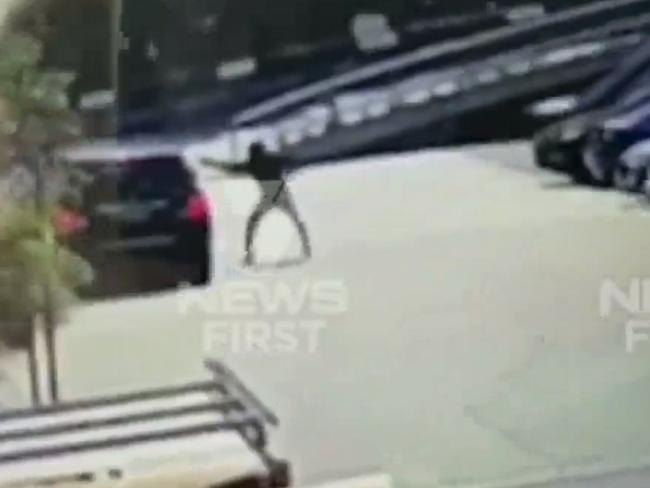
At the end of a ferocious, bloodcurdling brawl, Anthony Zervos, the brother of a well-established, high-ranking Hells Angels lay dead, struck about the head with a steel bollard.
As rapidly as it had started, it ended with the major players high- tailing it from the complex.
The deceased was flying with others who travelled as far afield as Adelaide to assist the Bandidos in a turf war with the now defunct ‘Notorious’ bikies in Blacktown.
Zervos died as a consequence of being repeatedly bashed over the head with the bollard in a rapid, frenzied rage.
Sealing the deal, he was stabbed with a pair of scissors. He was only 29. He was the younger brother of Peter, a senior Hells Angel, and had alighted the plane in the company of the president of the Hells Angels Guildford chapter.
Wrong place, wrong time. Members of both gangs had been on the flight. By the time it landed, reinforcements had arrived at the airport, compliments of frantic text messages from the plane. It was a catastrophe in the making.
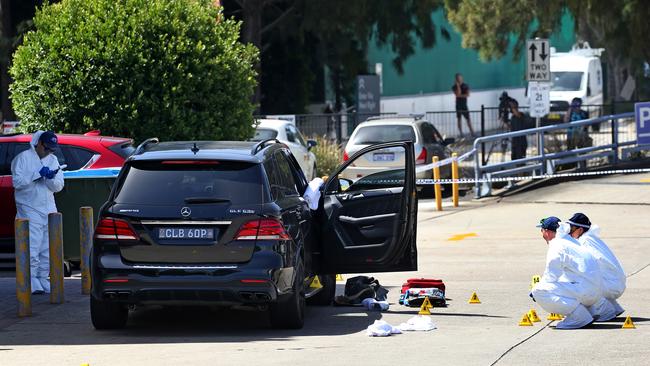
Adding to the mix, tensions between the clubs had dramatically escalated following the firebombing of a Hells Angels club house at Petersham. Turf wars on steroids.
The violent, lethal affray shook Sydney to its core. The police minister and the then Premier, Nathan Rees, gave firm commitments of a strong stand against the growing bikie menace and promises of tangible intervention.
Although Hawi was not the man with the bollard, he was nonetheless, against a perverse backdrop of the Westminster principle in which the buck stops with the leader, charged with murder.
As a coda to the tale, on appeal the murder conviction was reduced to manslaughter. Hawi served a substantially reduced sentence, vowing to his wife and family upon his release that his biker days were finished.
Well almost.
By then, his role as national president of the Comancheros was no more. Some folks have long memories.
At 22 Hawi was charismatic and driven. I found him to be articulate and highly intelligent
Presciently, it was rumoured that his days were numbered. There had been an earlier attempt on his life when he narrowly dodged bullets that slammed into the headrest of his Audi motor vehicle. It is said he knew he was marked for death.
His murder was swift. A textbook precision hit. Relaxed, sitting in his Benz SUV following a regular training session at a Rockdale gym, twelve shots, his head blasted, he never stood a chance.
I have assessed many bikies from many clubs. Comancheros, Hells Angels, Finks, Rebels and Lone Wolves. Sadly, some have met a similar fate.
Wayne Schneider, a feared Hells Angel, was tortured and murdered near Pattaya in Thailand. His body was discovered in a shallow grave.
The killers, no Einsteins, were tracked through the GPS navigation system of the ute they’d hired.
While the colour and motif of the patches these people proudly sport may vary, their psychological profiles do not.
Strong, consistent themes, including the need for identity, an unswervingly loyal esprit de corps and security through numbers are part of the picture.
All profess a love of riding motorcycles and the sense of freedom this affords, although in recent times some no longer ride nor indeed own a bike.
Harley-Davidsons, with tried, true and trusted muscle are the charismatic machines of choice. Some blokes own several.
Despite the turf wars and the dramatically escalating violence attached to membership, I have examined co-accused from different clubs who, off patch, are good mates with each other. Some years ago I assessed three men from different clubs.
They had grown up together, worked together and shared a mutual love of motorcycles.
Their decision to join separate gangs was not challenged and created no friction between them.
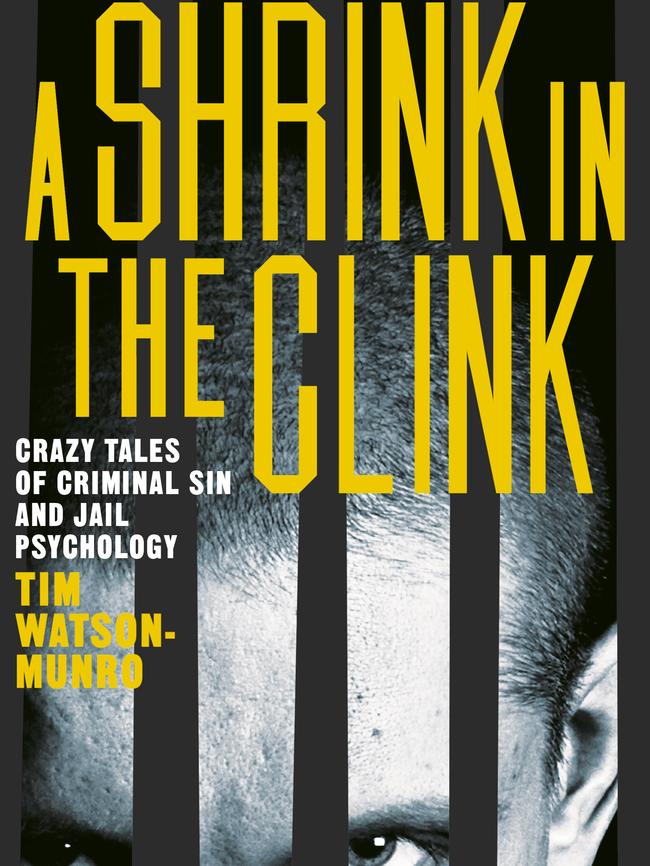
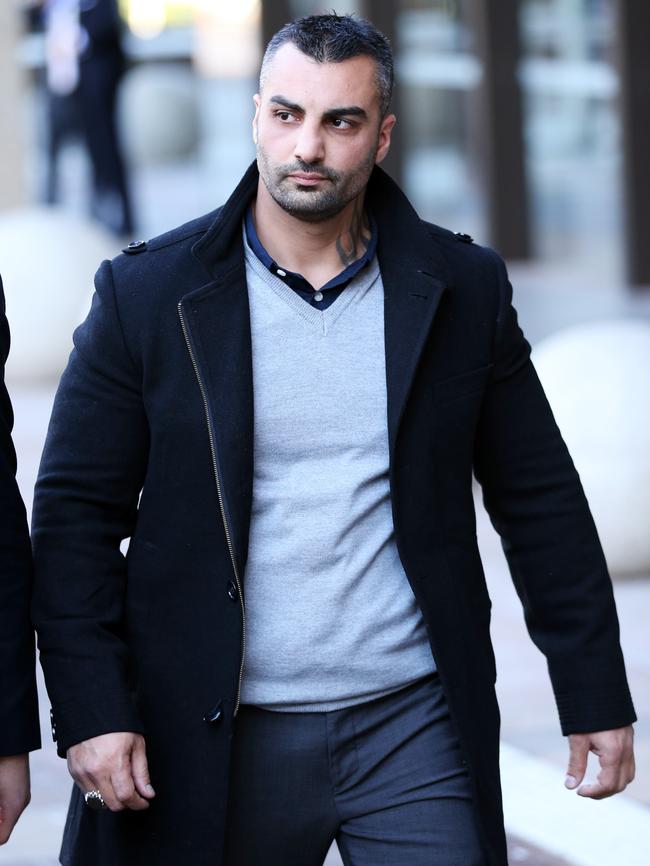
Indeed, their respective families, including their mums, approved of their decisions. Not dissimilar to a family discussion assessing the merits of which trade or which university, over a Sunday roast.
Some studies indicate the strong desire for freedom on the open road and, paradoxically, a desire for conformity reflected in unquestioning loyalty and obedience to the demands of the club.
For those who disobey, the sanctions are high, such as removal from the club and surrendering not only the hard-won patch but also the bike.
Studies suggest that bike groups have a strict hierarchy mirroring that of the military, inclusive of a sergeant-at-arms who enforce the club’s discipline and rules.
Drugs are ubiquitous, both consumed and sold for enormous profits.
In Australia, there is strong evidence of bikie gangs’ invasion of rural areas in order to establish new and viable markets, which is consistent with research reflecting the escalating problem of drugs, in particular ice, in country towns throughout the land.
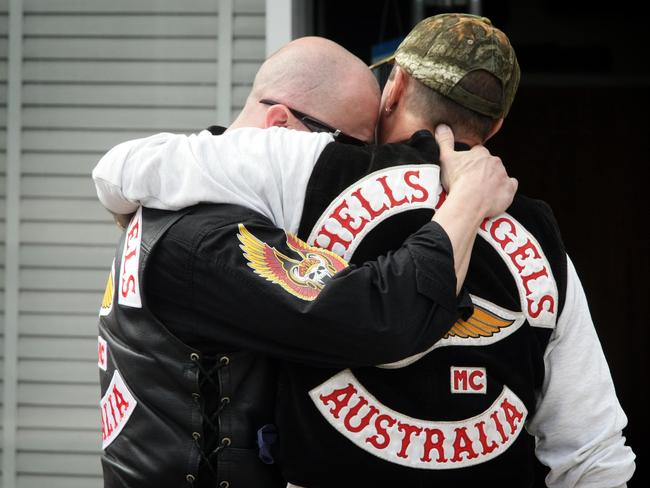
Consistent with my clinical observations over the years, it has been suggested within the criminal justice system that their aggression compensates for underlying feelings of vulnerability.
The gang is considered to be a form of surrogate family.
Motorcycle gangs are now attracting highly educated and skilled people, which has been a function of the extraordinary growth in the illicit drug market opening potential career pathways for commercial chemists to manufacture the product, and highly skilled numbers men to wash the profits.
With a love of the great outdoors and ordnance, some may move from military training to outlaw groups – their ability with ammunition and bomb manufacturing and disposal are in strong demand.
At one point it was suggested that there were up to 40 outlaw motorcycle gangs in Australia comprising in excess of 6000 patch members.
However, more contemporary reliable figures are hard to obtain in the wake of a strong national crackdown, including non-association prohibitions and the banning of dis- playing colour in public.

One Hells Angel I recently assessed claimed that because of constant police harassment, many bikers are moving offshore.
‘Mate, the fuck’n cops have made it too hard . . . They raid me fuck’n joint, I can’t ride me bike without harassment . . . I’m shift’n, bro, to fuck’n Thailand . . . over there we’re treated like fuck’n royalty . . .’
It would seem that Raptor, the paramilitary division of the New South Wales Police, constituted to clean up and counter the bikie menace, is making an impact.
Some studies have looked into early childhood trauma and role modelling through observing the psychological and physical violence of father figures in the home.
Others have suggested that bikers are individuals who revel in deviant abnormality.
It describes a subculture ‘dealing with sadistic sexual acts, multiple forms of addiction and a blatant disregard for society’ and suggests that mental illness may be a contributing factor.
The women can all be forced to work in brothels and strip clubs to make money and are bought, sold and traded
These men are hardened and misogynistic: ‘. . . women in the outlaw biker subculture are treated like little more than playthings . . . in the eyes of the gang they are the sole property of the gang and accepted as a necessary nuisance . . .’
Women are classified as either ‘mamas’ or ‘old ladies’.
‘Mamas’ are considered the chattels of the entire gang. Like rock’n’roll groupies, they loiter around the bikies, engrossed in the sex and partying culture of the gang.
As communal sexual prey, they are expected to consent to any sexual advance and desire of one or many club members.
Mamas are banned from meetings but are permitted to wear ‘property patches’, signifying their affiliation with a certain club. On biker runs they are placed at the end of the queue, or are passengers in the so-called ‘war wagon’ or supplies truck.
They have to work – there is an expectation of financial contribution through employment in brothels and topless bars to raise money for the club, facilities that are generally owned by the bikers.
The women can all be forced to work there as a form of punishment.
Studies suggest that, like slaves, these women are bought, sold and traded.
In contrast, ‘old ladies’ are the exclusive property of individual members.
Wives and girlfriends cannot be sexually approached by club members.
For their services, they are well protected by their ‘old man’ biker, although if there are transgressions, punishment generally involves sexual humiliation ranging from working in the club’s bars to gang rape involving every member of the club.
Punishment is inevitably sadistic and can be lethal. It is clear that domination by fear is the order of the day.
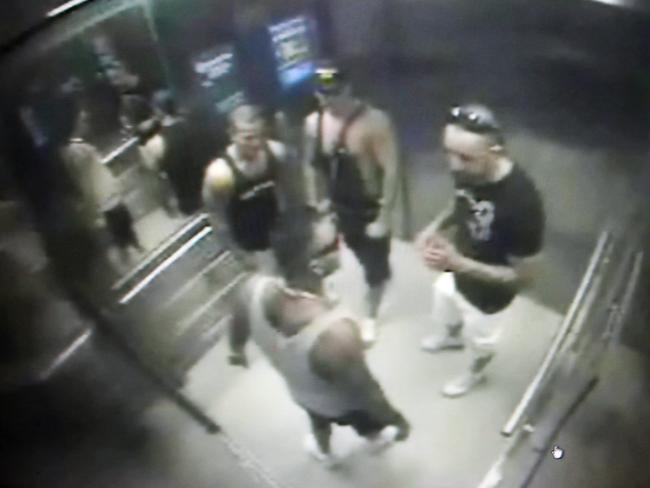
Some have suggested a sadomasochistic subculture.
This extends to club prospects, young men, who are seeking full patching through servitude and includes sexual sadism, humiliating initiation rituals such as being pissed upon, defecated on or drinking urine, beer or vomit.
Consider the prospect of being stripped naked, spreadeagled and smeared with engine oil, transmission fluid, grease, urine and shit.
Sadomasochistic relationships appear to be a dominant aspect of the psychology of the biker subculture.
Sexual deviancy is also prevalent, involving gang rapes of non-members and other forms of humiliation.
The rapes are rarely reported because of fear of reprisal.
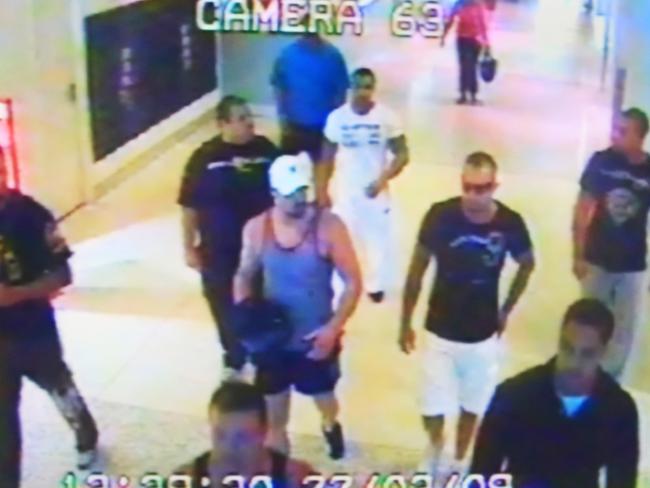
Once accepted into the club, a further reward system prevails, earning ‘wings’.
These range from black on red wings, earned when the wearer has performed cunnilingus on a menstruating black woman, through to brown wings earned for anilingus and woolly wings, which are rewarded subsequent to performing sexual acts on a sheep.
This clearly demonstrates high levels of sexual aberration and psychological disturbance.
Hawi was charismatic and driven – at 22, he had become the national president of a powerful and feared motorcycle gang.
He once proudly told me, ‘I was the youngest president in the world.’
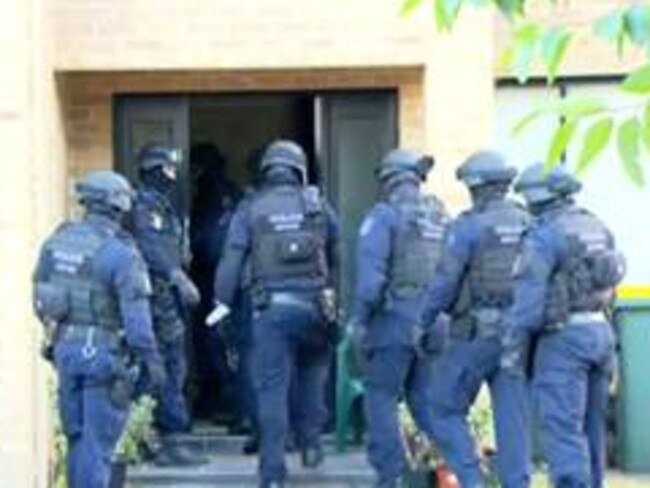
It meant a lot to him. He was loved by his family and had worked hard both in its refrigeration business and in developing the membership and reach of his beloved club.
I found him to be articulate, conceptual and highly intelligent. He was extraordinarily devoted to his family, having married his sweetheart from high school days.
PRISON SHRINK ON OUR WORST PSYCHO KILLERS
In another incarnation, Hawi, like so many others who have chosen the dark path, could have been highly successful in business. While he won’t be missed by all, his brutal, very public execution is a tragedy for those he leaves behind.
A Shrink In The Clink by Tim Watson-Munro is available through Pan Macmillan on July 31. RRP $32.99

60,000 new dwellings sidestep NIMBY councils
Developers are bypassing NIMBY councils and pushing nearly 60,000 properties through a fast-tracked approval process, as one of the Minns government’s key housing solutions picks up speed.
‘Quotas didn’t cost us, it was a crap campaign’: Mundine
Liberals stalwart Warren Mundine says gender quotas would be the start of a ‘slippery slope’, and the many great women in the party don’t need them.